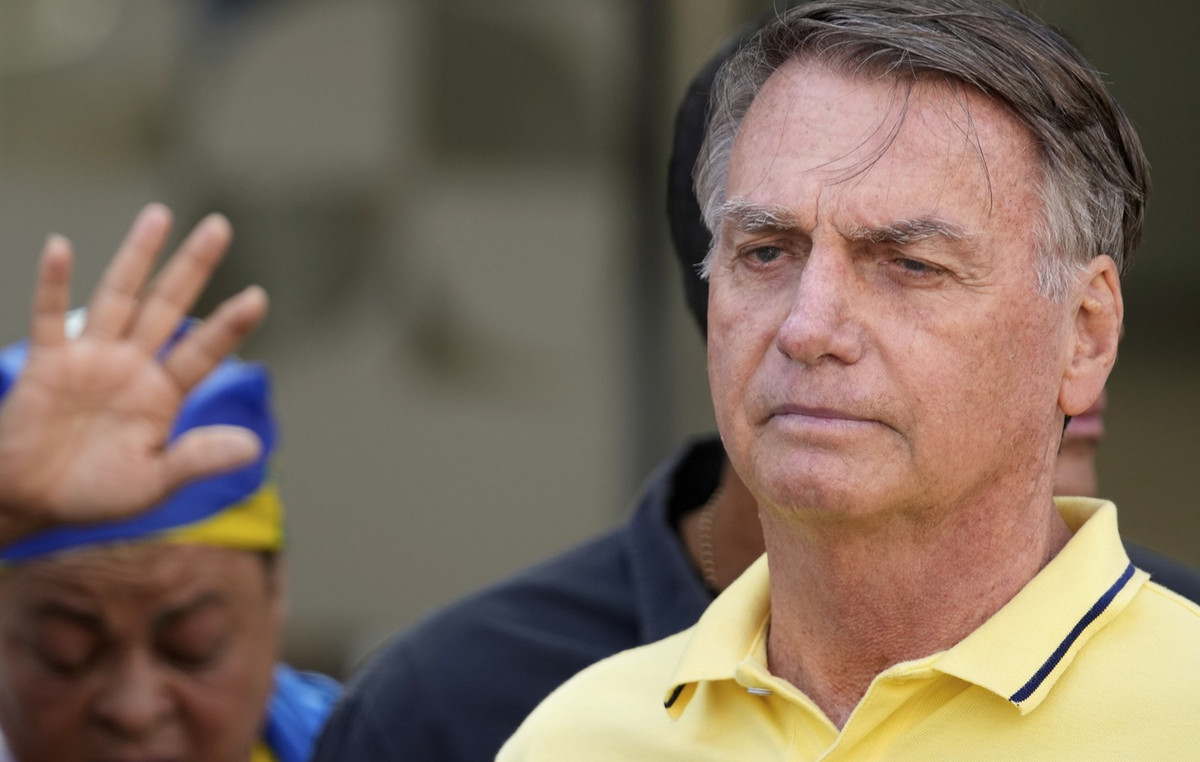- The British Pound is up against the US Dollar as the Fed is expected to start cutting interest rates in September.
- Annual inflation in the UK has returned to the desired rate of 2%.
The British Pound (GBP) is performing strongly against its major peers in the American session on Monday. The British currency is strengthening as investors remain uncertain about when the Bank of England (BoE) will begin to cut interest rates.
Headline inflation in the UK has now returned to the target rate of 2%. However, BoE policymakers see price pressures in the services sector as a preferred measure of inflation, which is significantly higher than needed to build confidence in rate cuts.
Financial markets currently expect the BoE to begin lowering interest rates starting at its August meeting.
Meanwhile, the British Pound is expected to remain uncertain ahead of the outcome of the UK elections, which are set to begin on July 4. According to the latest exit polls, the opposition Labour Party is expected to win over the Conservative Party led by UK Prime Minister Rishi Sunak.
Daily Market Wrap: Sterling on edge ahead of UK election result
- The British Pound is performing strongly against the US Dollar (USD). The GBP/USD pair is up to 1.2680 as the US Dollar is falling after the US Personal Consumption Expenditure (PCE) Price Index report for May showed that price pressures eased as expected. Core annual PCE inflation, the Federal Reserve’s (Fed’s) preferred inflation measure, slowed to 2.6% from 2.8% in the previous release.
- The expected decline in US inflation is boosting expectations for Fed rate cuts in September. According to the CME FedWatch tool, price data on 30-day federal funds futures show the probability of rate cuts in September at 63.4%. The data also show the Fed will make two rate cuts this year versus one signaled by officials in their latest dot plot.
- Fed officials continue to argue in favor of keeping interest rates at their current levels until they get evidence that inflation will decline to the desired 2% rate. The Fed wants to see inflation decline for months before pivoting to policy normalization.
- Last week, Atlanta Fed President Raphael Bostic said rate cuts would be appropriate when they are convinced inflation is on a clear path to 2%. When asked about a concrete time frame for rate cuts, Bostic said, “I continue to believe that conditions will likely require a cut in the federal funds rate in the fourth quarter of this year,” Reuters reported.
- This week, the US Dollar is expected to perform volatile as the official ISM Purchasing Managers Index (PMI) and employment data for June are scheduled for release. Meanwhile, the ISM has reported a weak US manufacturing PMI for June. The manufacturing PMI, which measures activities in the factory sector, unexpectedly declined to 48.5. Economists had expected factory activity to improve to 49.1 from 48.7 in the previous release. A figure below the 50.0 threshold is considered a contraction in manufacturing activities.
- Manufacturing inflation also fell as the prices paid index, which indicates prices paid for inputs such as raw materials and wages, expanded at a slower pace to 52.1 from estimates of 55.9 and the previous release of 57.0.
Pound Sterling Price Today:
Pound Sterling PRICE Today
The table below shows the exchange rate of the British Pound (GBP) against major currencies today. The British Pound was the strongest currency against the Swiss Franc.
| USD | EUR | GBP | JPY | CAD | AUD | NZD | CHF | |
|---|---|---|---|---|---|---|---|---|
| USD | -0.34% | -0.25% | 0.24% | 0.10% | -0.05% | 0.01% | 0.32% | |
| EUR | 0.34% | -0.14% | 0.28% | 0.14% | 0.16% | 0.04% | 0.36% | |
| GBP | 0.25% | 0.14% | 0.39% | 0.28% | 0.32% | 0.16% | 0.52% | |
| JPY | -0.24% | -0.28% | -0.39% | -0.13% | -0.23% | -0.23% | 0.13% | |
| CAD | -0.10% | -0.14% | -0.28% | 0.13% | -0.11% | -0.09% | 0.22% | |
| AUD | 0.05% | -0.16% | -0.32% | 0.23% | 0.11% | -0.13% | 0.25% | |
| NZD | -0.01% | -0.04% | -0.16% | 0.23% | 0.09% | 0.13% | 0.35% | |
| CHF | -0.32% | -0.36% | -0.52% | -0.13% | -0.22% | -0.25% | -0.35% |
The heatmap shows percentage changes of major currencies. The base currency is selected from the left column, while the quote currency is selected from the top row. For example, if you choose the British Pound from the left column and move along the horizontal line to the US Dollar, the percentage change shown in the chart will represent the GBP (base)/USD (quote).
Technical Analysis: British Pound Struggles to Break Above 1.2700
The British Pound is up at 1.2680 against the US Dollar after extending its recovery from a near seven-week low of 1.2610. The GBP/USD pair is up but struggling to stay above the 61.8% Fibonacci retracement support at 1.2667, drawn from the March 8 high of 1.2900 to the April 22 low of 1.2300.
The Pound is hovering around the 50-day exponential moving average (EMA) near 1.2640, suggesting uncertainty about the near-term outlook.
The 14-day RSI is fluctuating in the range of 40.00-60.00, indicating indecision among market participants.
BoE FAQs
The Bank of England (BoE) decides the monetary policy of the United Kingdom. Its main objective is to achieve price stability, i.e. a constant inflation rate of 2%. Its instrument for achieving this is the adjustment of base lending rates. The BoE sets the rate at which it lends to commercial banks and at which banks lend to each other, determining the level of interest rates in the wider economy. This also influences the value of the British Pound (GBP).
When inflation exceeds the Bank of England’s target, the Bank of England responds by raising interest rates, making it more expensive for citizens and businesses to access credit. This is positive for the British Pound, as higher interest rates make the UK a more attractive place for global investors to invest their money. When inflation falls below target, it is a sign that economic growth is slowing, and the Bank of England will consider lowering interest rates to make credit cheaper in the hope that businesses will borrow to invest in growth-generating projects, which is negative for the British Pound.
In extreme situations, the Bank of England may implement a policy called Quantitative Easing (QE). QE is the process by which the BoE substantially increases the flow of credit into a jammed financial system. QE is a policy of last resort when lowering interest rates fails to achieve the required result. The process of QE involves the Bank of England printing money to buy assets, usually AAA-rated government or corporate bonds, from banks and other financial institutions. QE often results in a weakening of the British Pound.
Quantitative tightening (QT) is the reverse of QE, and is applied when the economy is strengthening and inflation is starting to rise. Whereas in QE the Bank of England (BoE) buys government and corporate bonds from financial institutions to encourage them to lend, in QT the BoE stops buying more bonds and stops reinvesting the maturing principal of bonds it already holds. This is generally positive for the British Pound.
Source: Fx Street
I am Joshua Winder, a senior-level journalist and editor at World Stock Market. I specialize in covering news related to the stock market and economic trends. With more than 8 years of experience in this field, I have become an expert in financial reporting.








